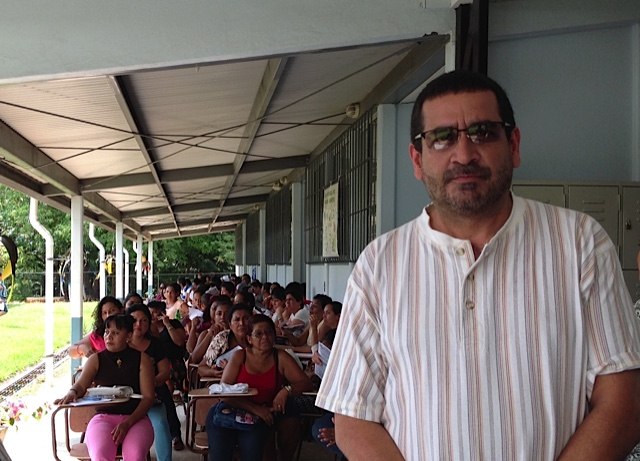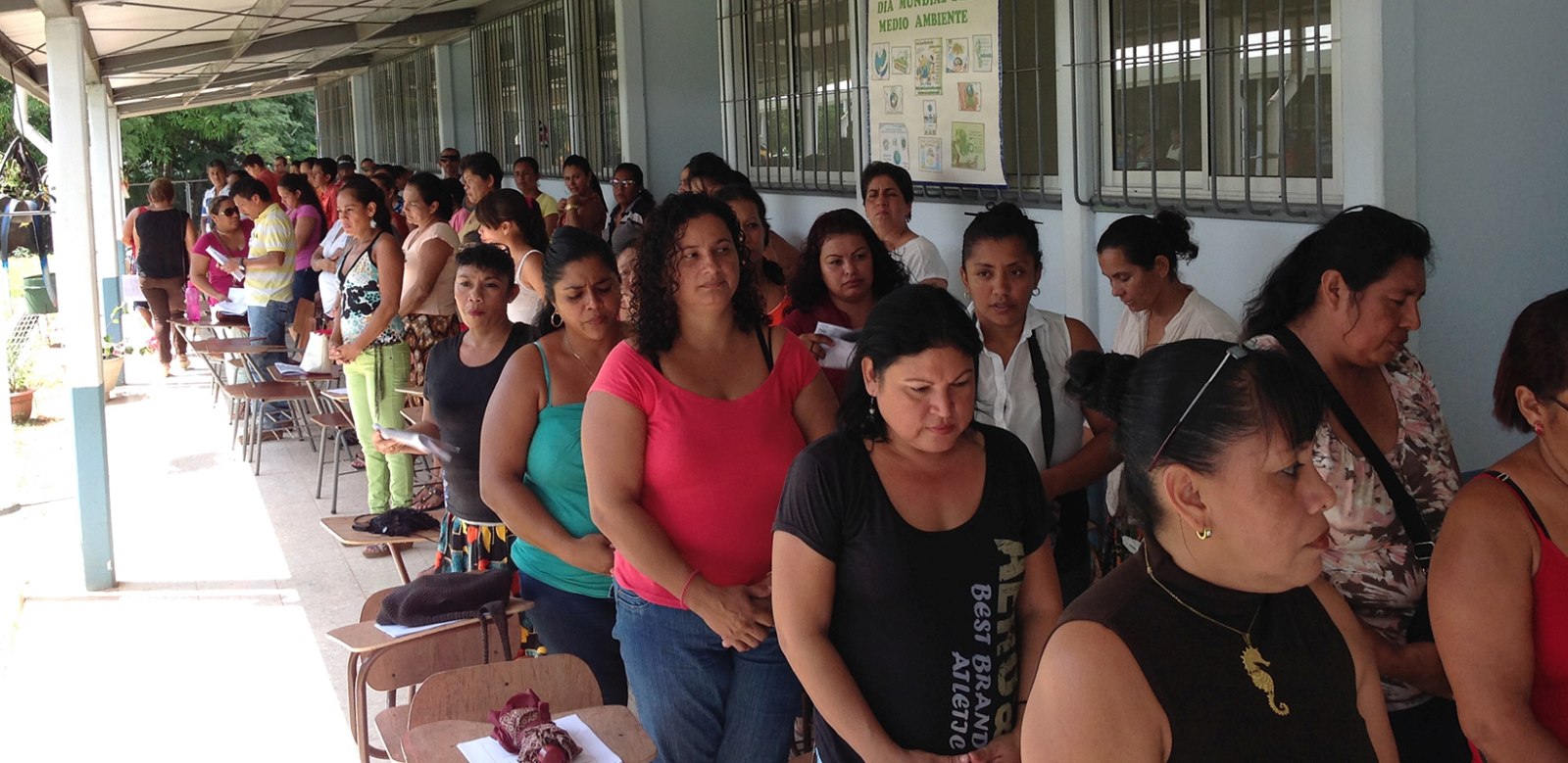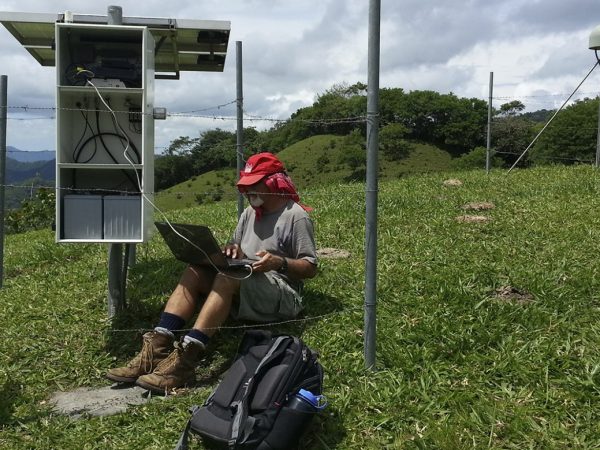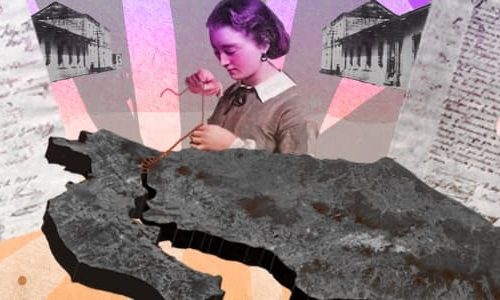
More than three years after the earthquake in Nicoya, negative signs still show the psychological effects on the population, according to a study by experts from the State Distance Learning University (UNED- Universidad Estatal A Distancia) with students from the Technical Vocational High School (CTP- ColegioTecnicoProfesional) in Mansion of Nicoya.
The study was done in June 2013, led by Benicio Gutierrez, scientist in the psychosocial field at UNED in San Jose, based on the theory of resource conservation, which hypothesizes that humans tend to have a psychological reaction when faced with the loss of material or nonmaterial resources.
The objective of the study is to measure the post traumatic effects caused by the economic losses caused by the 2012 Nicoya earthquake among young people and to prepare the basis at an institutional level to respond to these effects.
“Like any scientific study, we base it on a theory that indicates that people have a range of resources, whether material or nonmaterial, and that the loss of these resources can trigger deterioration or erosion of physical and mental health if we do not face that loss in an appropriate way,” Gutierrez explained.
According to Gutierrez, after the occurrence of a natural disaster like hurricanes, floods, earthquakes, tsunamis, etc., there are a number of symptoms that can lead to deterioration of health conditions such as anxiety, stress, somatization or skin problems and depression.
For purposes of the study, a sample of 554 youth from the Technical Vocational High School in Mansion of Nicoya was used. Most of the young people interviewed who reported total or partial material losses showed the same level of psychological effects, such as the feeling of reliving the event, feeling in expectation or on the watch for a recurrence, or the tendency to mentally avoid the situation.
Fifty-seven percent show somatic disorders, 46% psychosomatic disorders, 23% musculoskeletal problems, 16% skin problems, 5.15% cardiovascular disorders and 3% bone-motor problems.
Other manifestations that were verified in the young people include loss of ability to sleep, loss of motivation to do their homework, they said they lost their sense of peace and sense of humor, and, in addition, they showed high levels of nervousness and permanent worry.
Also, the young people complained about the lack of support received, even two years after the earthquake took place.

Regarding social agents like family, friends, groups and institutions, they only received support, help or some piece of advice from relatives. They said they received little or no support from other agents.
To Gutierrez, the institutions are not prepared to respond to this type of crisis.
“It turns out that the institutions are not prepared and do not know how to provide support in these cases, so it is worth training them so they can mobilize social networks in order to care for people affected by different natural phenomena and give them the respective followup,” Gutierrez said.
Gutierrez said he is coordinating with TanniaTanchez, director of the Nicoya Area of Health, in order to mobilize psychology and drug-dependency personnel to follow up with professional help for the youth at the Mansion CTP.
Likewise, by 2016, MachaelPicado, a University of Costa Rica (UCR) student, will do his Master’s thesis at that school with the aim of bringing clinical and therapeutic support to the young students.







Comments